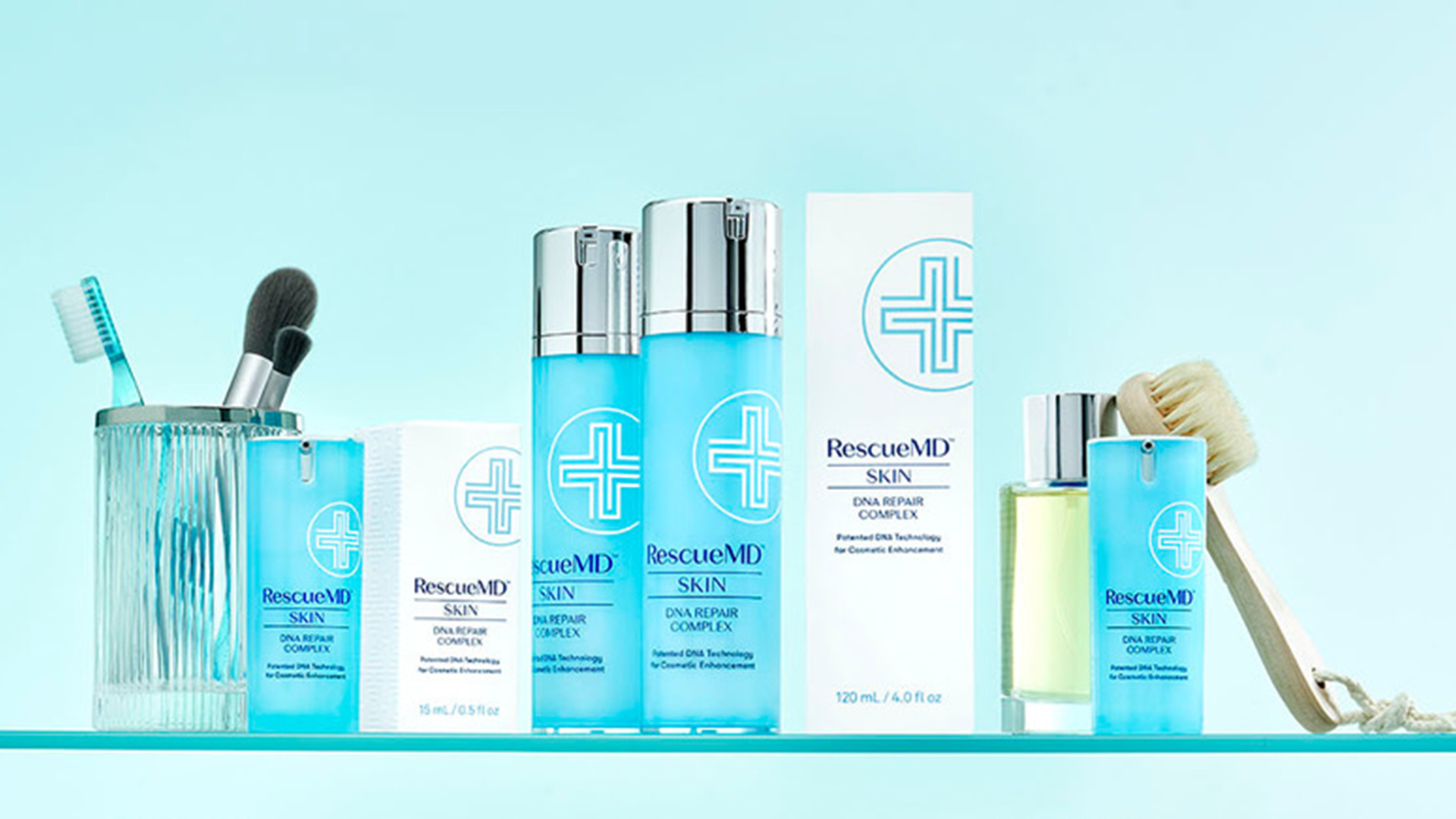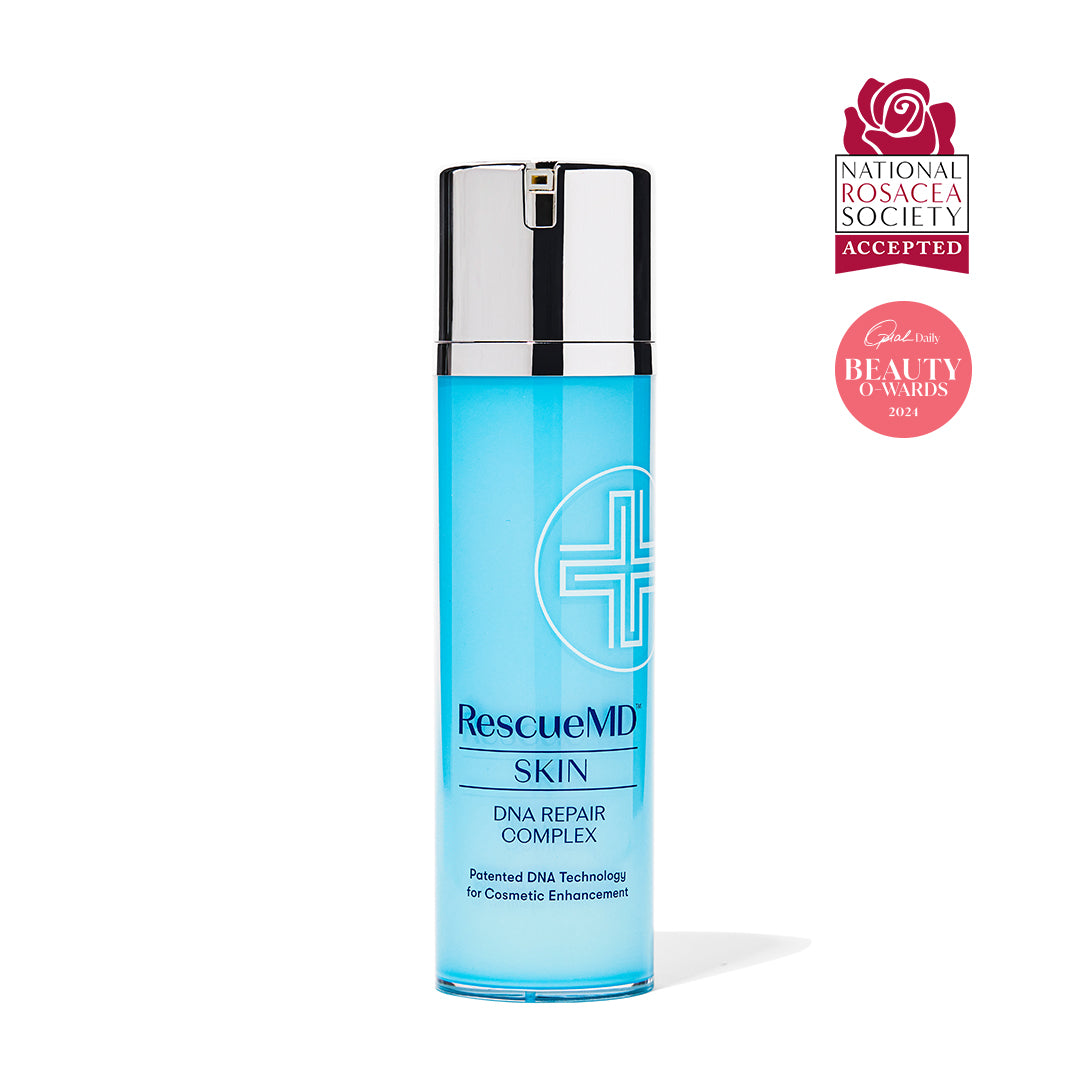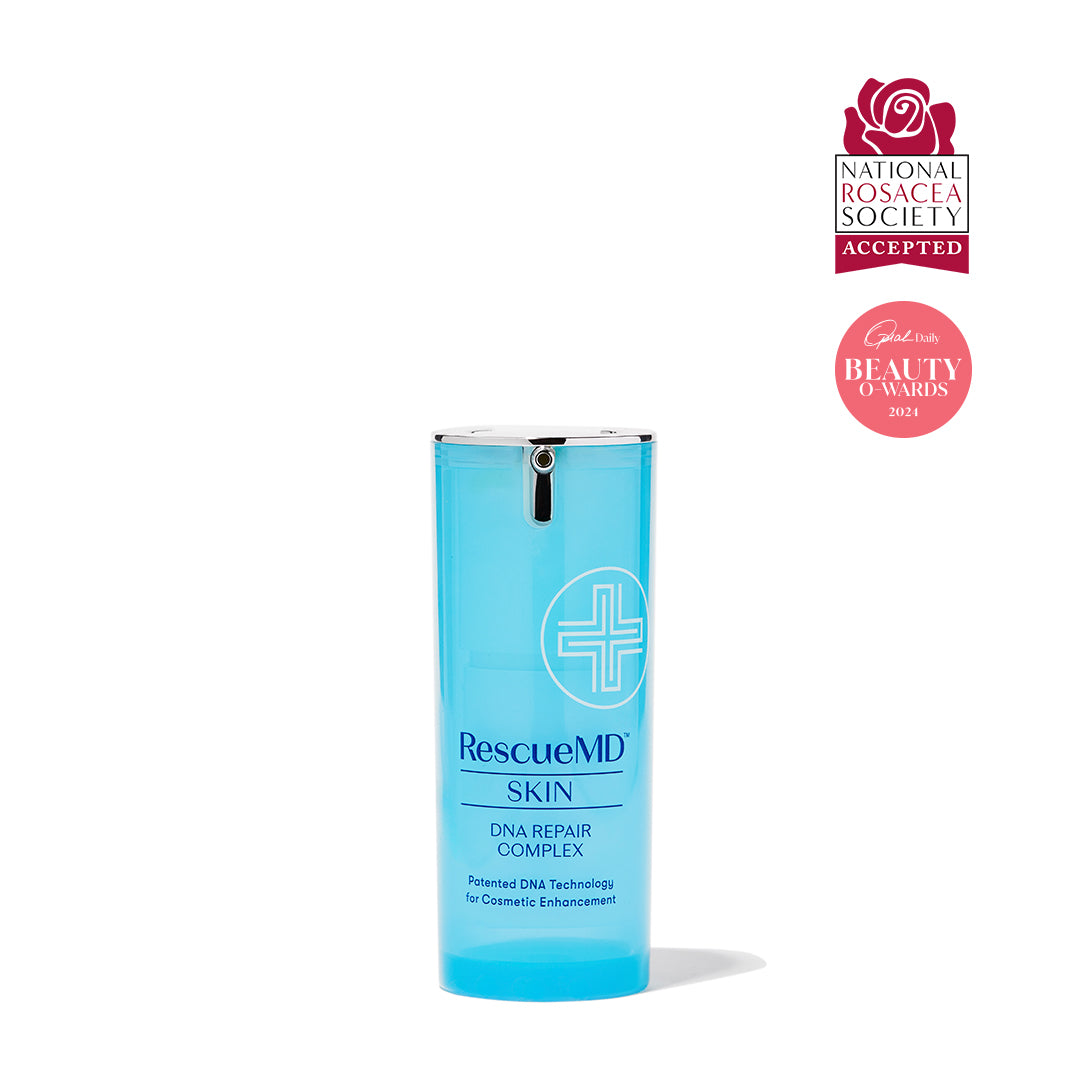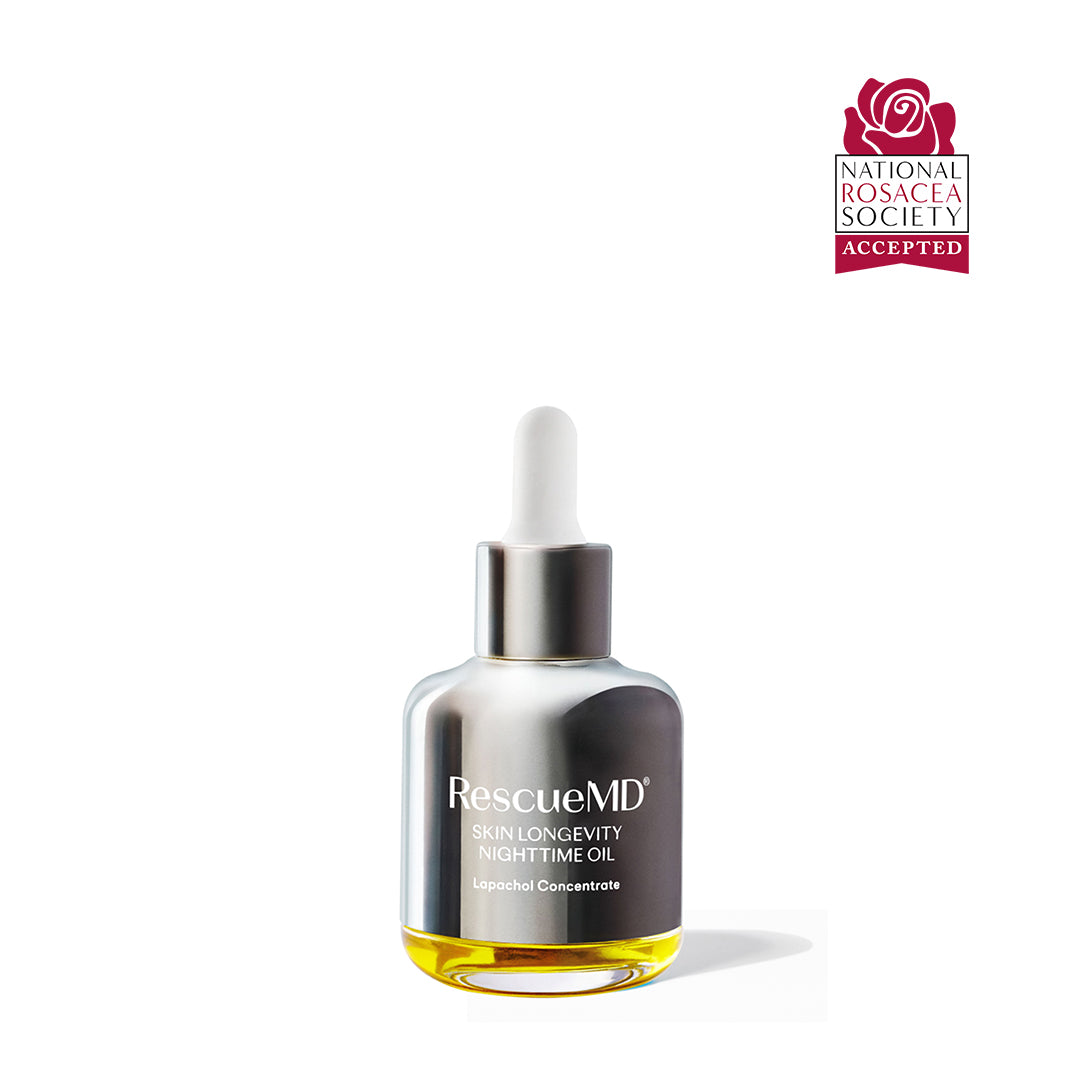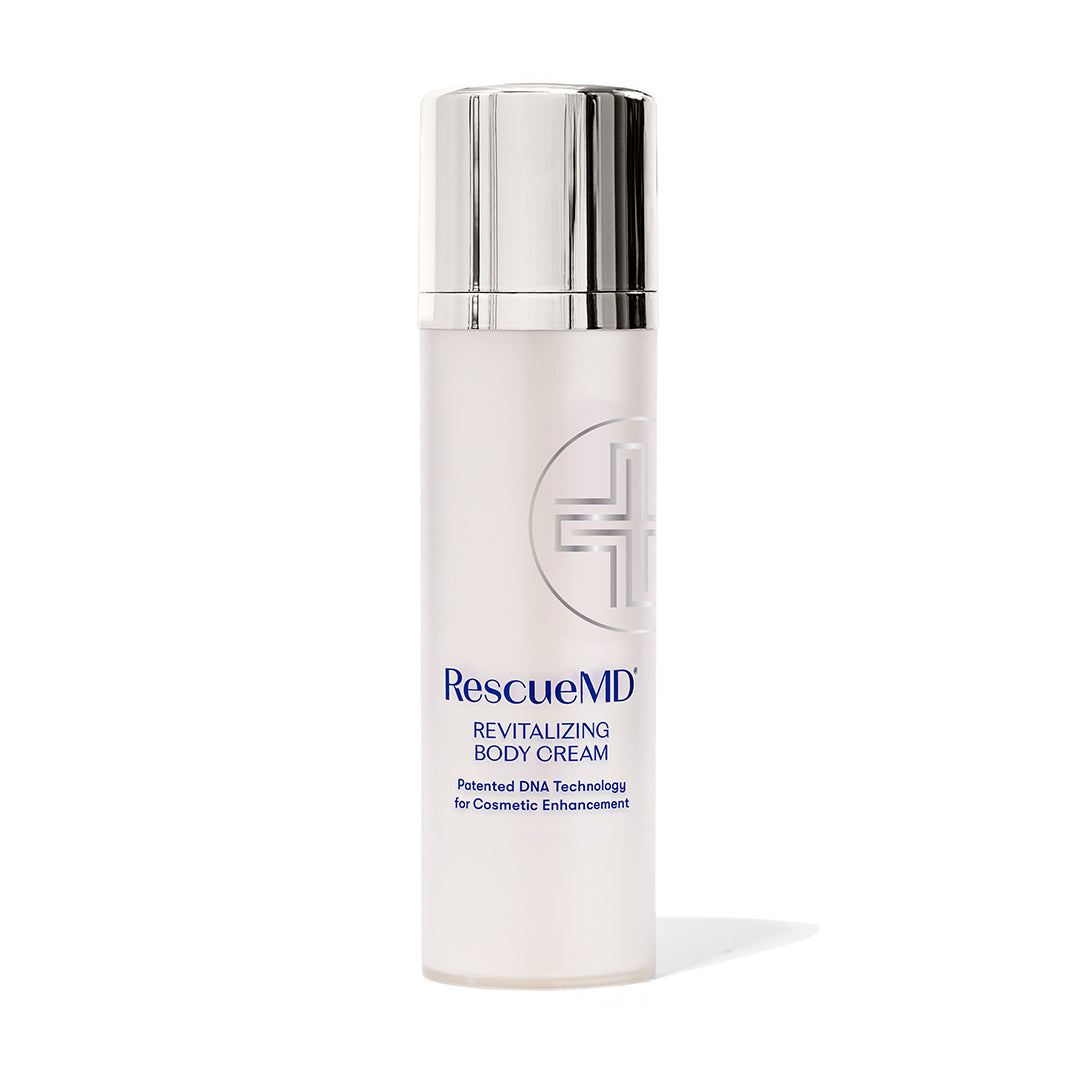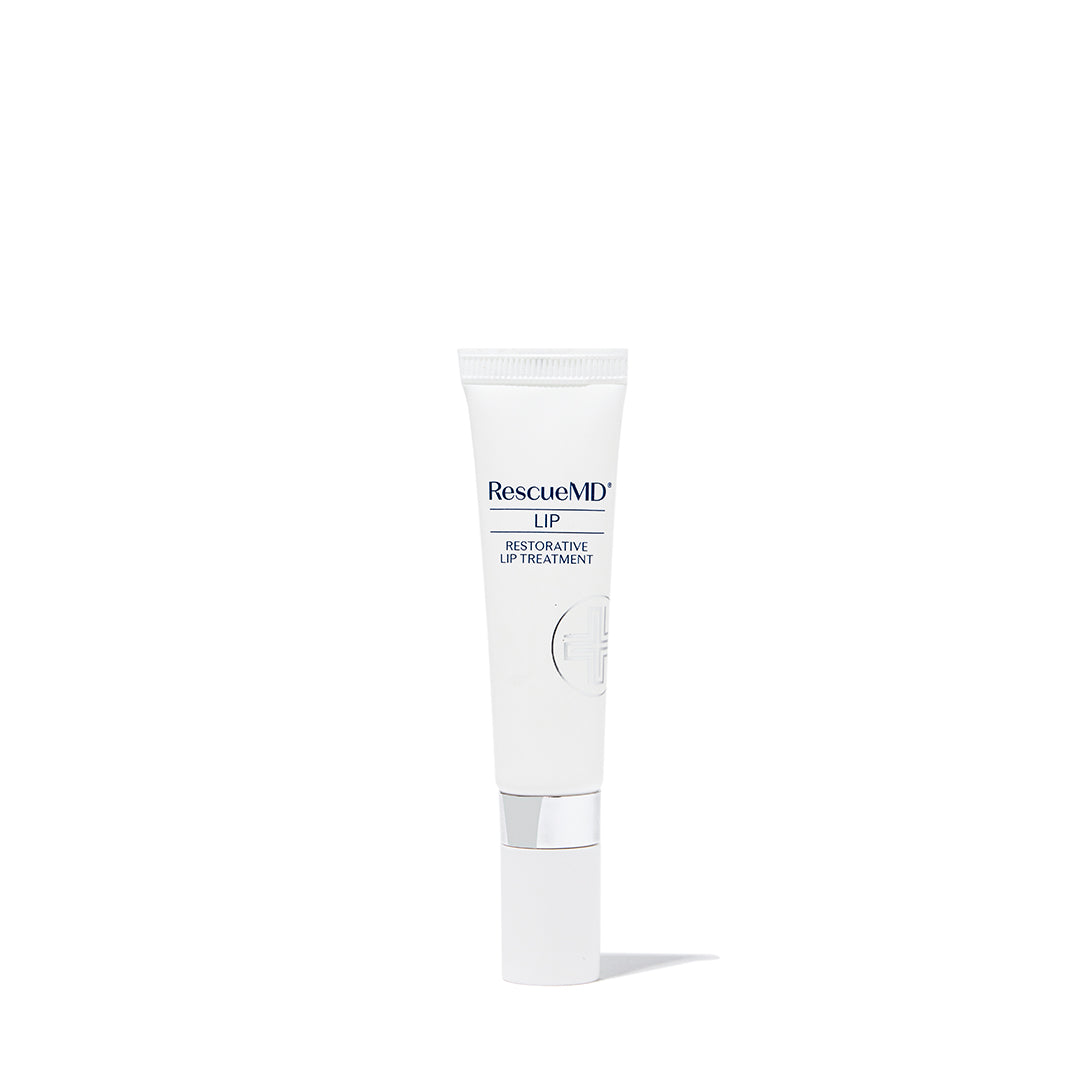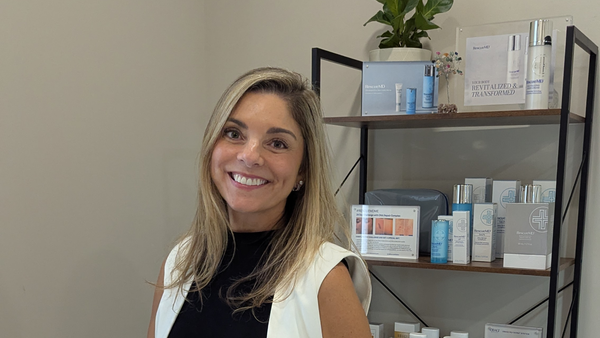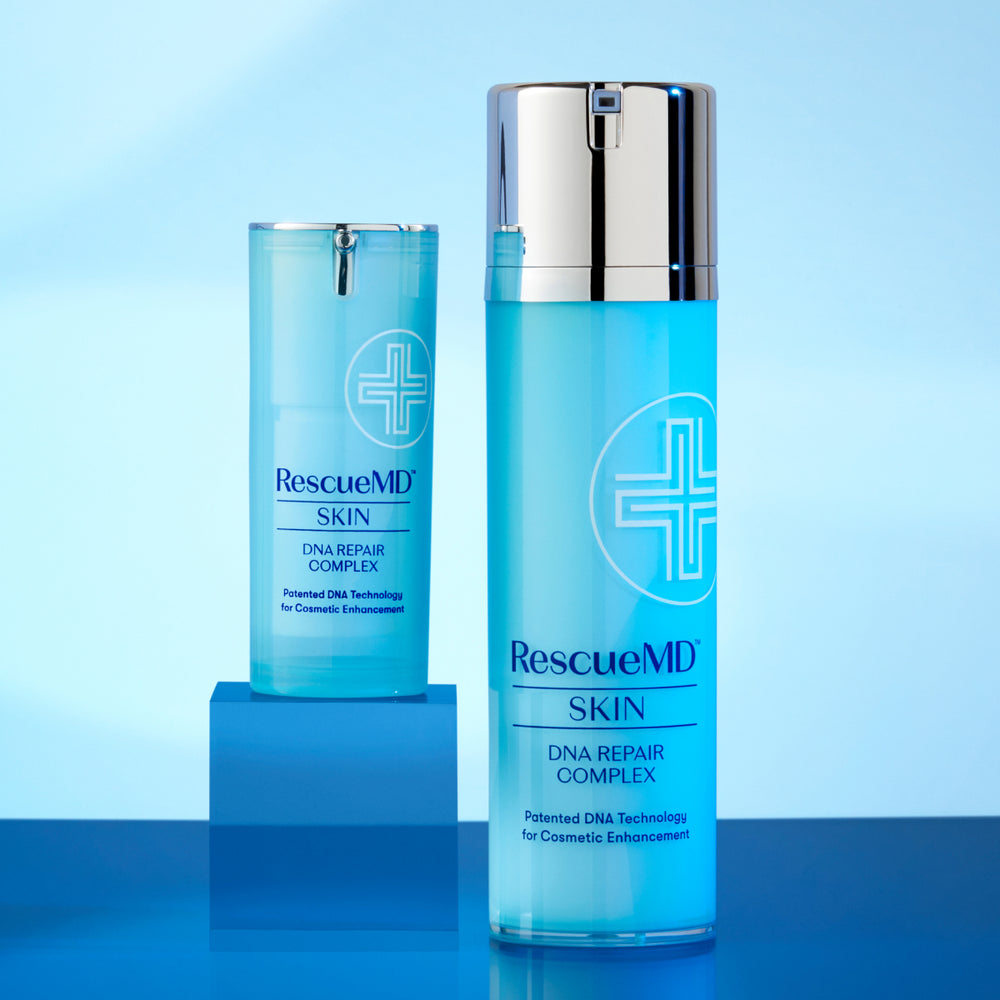Cozying up inside and enjoying the great outdoors are some of the best ways to enjoy the winter season. However, the harsh elements and lack of moisture in the air (both outside and inside) can make our skin look lackluster and dull, leaving us reaching left and right for resurfacing products that promise to bring back glowing, radiant skin to our winter-selves. Combined with the environmental factors of the winter season and over-doing exfoliation, your skin barrier may not be so happy come spring.
What is the skin barrier? The skin barrier, or stratum corneum, is the outermost layer of your skin which consists of skin cells called corneocytes that are often compared to bricks. These brick-like structures are glued together with a "mortar" composed of cholesterol, ceramides, and fatty acids. Your skin barrier essentially keeps the good stuff in and the bad stuff out — it helps to retain water and moisture and protects against environmental stressors and pathogens that can disrupt your health. It plays an integral part in your skin health and overall health.
Learn to recognize the signs of a compromised skin barrier, common disruptors, and how to keep your winter skin feeling healthy and your skin barrier strong through the end of winter into spring!
Recognize The Signs Of A Compromised Skin Barrier
Do you know the signs of a compromised skin barrier? Some of the most common signs of a weakened skin barrier as as follows:
- Dullness and uneven texture
- Dryness and dehydration
- Itchiness
- Sensitized, irritated skin
- Redness and inflammation
- Acne breakouts
- Skin infections
- Rosacea, eczema, and psoriasis (while these have a genetic component, a weakened barrier can trigger flare-ups or worsen the condition)
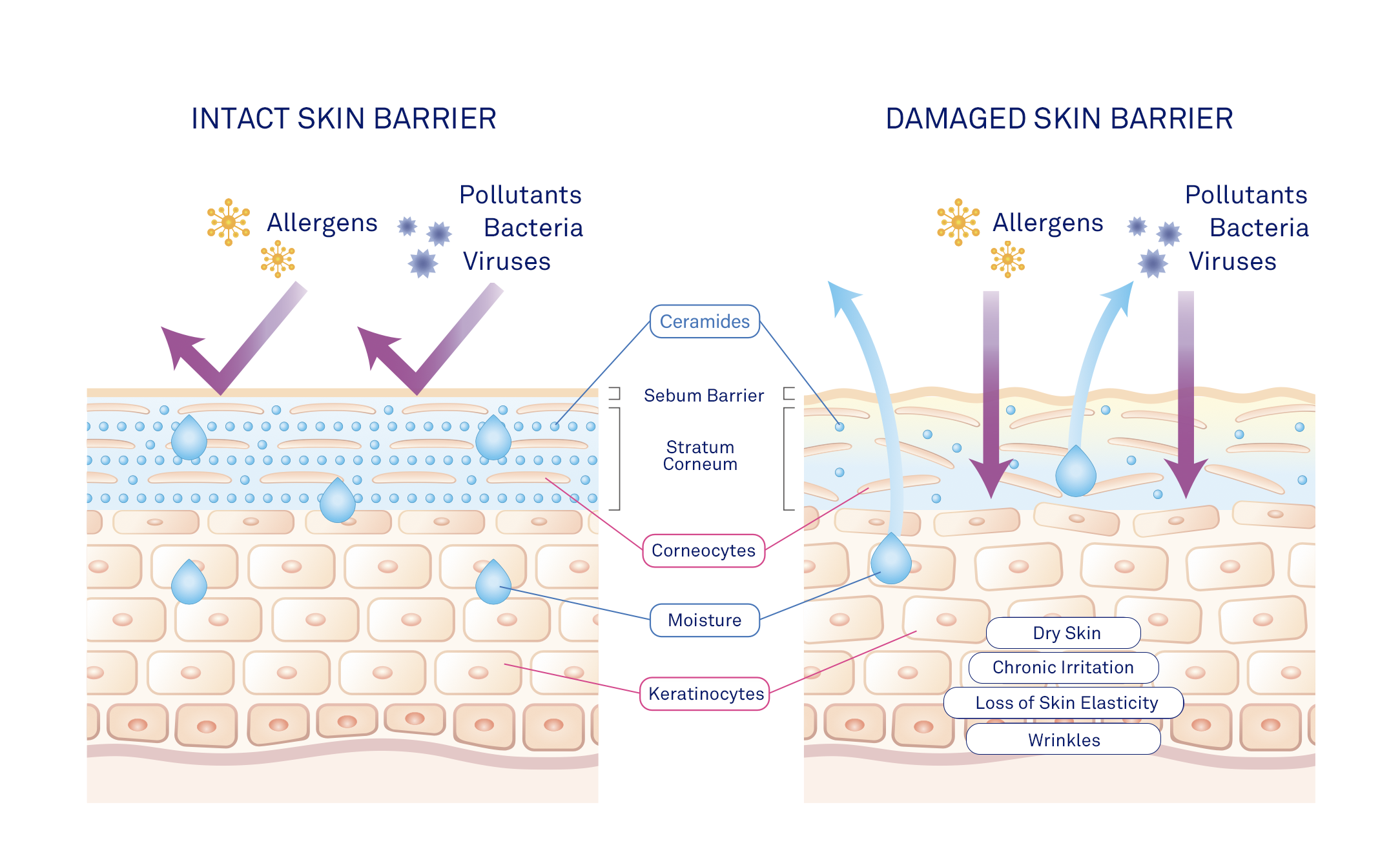
Common Skin Barrier-Disruptors To Be Aware Of
Are you noticing signs of a disrupted skin barrier after spending a weekend on the slopes? Or, maybe you just added a new product into your skin routine and are experiencing redness and irritation? There are so many different lifestyle factors, skincare practices, and environmental stressors that can weaken your skin barrier. Even just one or a combination of the following skin stressors may be the root cause of a weakened skin barrier:
- Physical exfoliants like skin brushes, washcloths, or scrubs
- Chemical exfoliants or potentially irritating ingredients
- Over-cleansing your skin
- Overly aggressive skincare treatments
- Harsh soaps or detergents
- Hot water which strips the skin
- Environmental factors like wind, extreme weather (hot or cold), and levels of humidity (high and low)
- Sun exposure
- Allergens and pollutants
- Stress
- Sleep quality
- Poor diet
*In a dermatologist-led clinical study, DNA Repair Complex was clinically proven to reduce redness in 96% of subjects observed for improvement.
How To Support And Repair Your Barrier
Now that you know the signs of a weakened skin barrier and common variables that disrupt it, it's important to learn how you can take steps to reverse damage to your skin barrier. Here are some of our top do’s and don’ts to support your healthiest-looking and feeling skin throughout the winter season and beyond.
- Don't overdo the exfoliation and go easy with your actives
- Do use a humidifier to support and maintain your skin's moisture levels throughout the day and night, especially during the cooler, drier months, when moisture levels in the air are lowest
- Don’t wash your face when you are showering your body—your body may be able to handle higher temperatures than the delicate skin on your face. Shower outside of the shower with lukewarm water to avoid stripping your skin
- Do incorporate more healthy fats to your diet like avocado, olive oil, and omega-3-rich foods to nourish your skin from the inside out
- Do incorporate skincare products with ingredients to support and protect your skin barrier. RescueMD DNA Repair Complex helps repair and protect against damage with allantoin, dimethicone, glycerin, and botanical extracts
- Do use a thicker, richer cream for added moisture in the cooler months, especially at night. We like a rich cream with ceramides to replenish the lipid layer
- Don’t forget to wear your SPF, even when the sun isn’t shining (there are still damaging UV rays present!) Always wear broad spectrum SPF (30 or higher) and reapply liberally as recommended
- Don’t go outside without your skincare layers: use a barrier-strengthening serum, moisturizer, and SPF always
- Do pay attention to the PH of your skincare which can throw off the PH of your skin (RescueMD's PH is in the 6 - 6.5 range)
- Do get plenty of quality sleep every night
- Do drink plenty of water to hydrate your body from within
- Do make an appointment with your dermatologist or dermatology provider if your skin condition is not improving
*In a dermatologist-led clinical study, DNA Repair Complex was clinically proven to reduce redness in 96% of subjects observed for improvement.
Use RescueMD To Repair + Protect
Our DNA Repair Complex is formulated with gentle yet effective ingredients that help support your skin barrier and moisture levels. Our formula contains dermatologist-approved, barrier-supporting ingredients including allantoin, glycerin, dimethicone, and our signature antioxidants.
What makes these ingredients so powerful? Allantoin is a calming water-based moisturizing agent that works to seal in hydration while acting as a skin protectant. Glycerin, a humectant, helps draw in moisture from deeper layers of your skin. Dimethicone, an emollient, softens and soothes the skin all while protecting the skin, sealing in hydration, and creating a skin-protectant barrier. Our powerhouse plant-based ingredients include black currant, rosehip, aloe leaf juice, sunflower seed oils, and rosemary and balloon vine extracts, which contain fatty acids and anti-inflammatory and antioxidant benefits to help soothe, reduce redness, synthesize ceramides, and support the skin’s moisture barrier while defending against future damage.
In addition to our moisturizing agents, our proprietary lapachol provides anti-inflammatory properties and supports a reduction in redness and irritation. Lapachol also works to gently resurface and fade skin damage (think dark spots, scars, and more) and give your skin its glow back without ever stripping your skin or disrupting your skin barrier.
Add RescueMD into your daily AM & PM regimen to reap the full benefits of serum. After gently cleansing your face with lukewarm water and a gentle, hydrating cleanser, apply RescueMD to clean, dry skin and follow with a ceramide-rich moisturizer and broad-spectrum SPF (30+).
